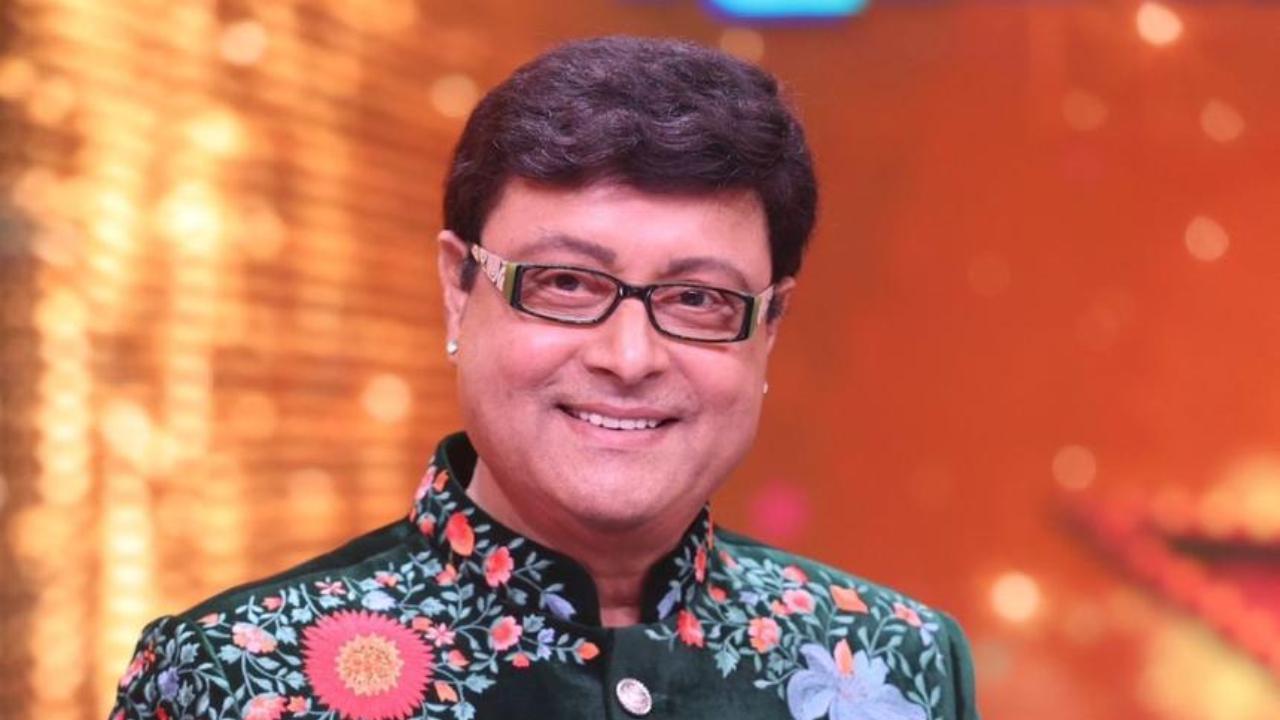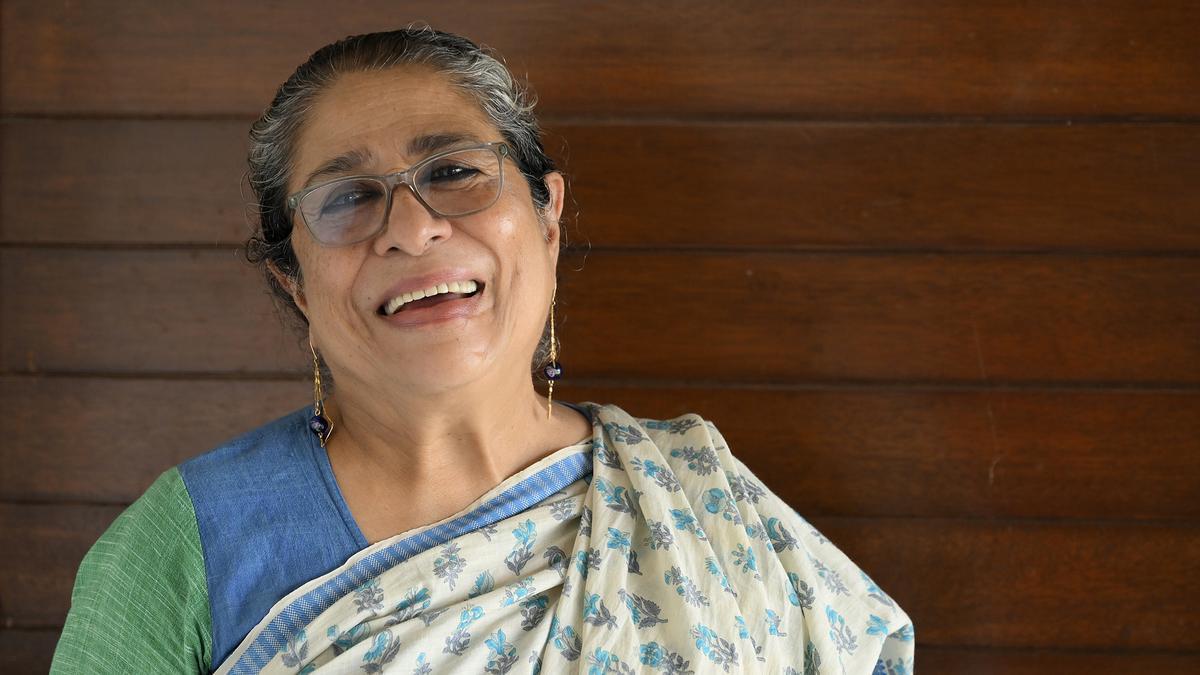
Since the dawn of the 1960s, Saryu V. Doshi has stood as an influential figure in the art world, encapsulating a narrative that is not just about aesthetics but also civilizational dialogue. In an era when India was forging a fresh identity, newly liberated from colonial rule, Doshi found her calling amid the quest to articulate India’s cultural legacy in a universal language. A pivotal moment arrived in 1956, when she traveled to the University of Michigan with her husband, thus beginning a lifelong journey into art history. Upon returning to the vibrant intellectual environment of Mumbai, her career unfurled with remarkable depth and influence, and she never looked back.
Now honored with the prestigious Padma Shri award, Saryu Doshi, in her eighties, remains a seminal scholar particularly known for her expertise in Jain art and architecture. Yet, her contributions and the breadth of her influence extend far beyond these confines. Her honorary role as editor of the esteemed Marg magazine, serving as the founder director of Mumbai’s National Gallery of Modern Art, and her position as pro tem chairman of the Lalit Kala Akademi are testament to her formidable legacy. In the academic sphere, the 1970s saw her share her knowledge as visiting faculty at top institutions like the University of Michigan and the University of California, Berkeley. An honorary fellow at the Bombay Asiatic Society, she also steers the editorial direction of the Chhatrapati Shivaji Maharaj Vastu Sangrahalaya’s (CSMVS) research journal. Her peers often speak of her unmatched warmth, enthusiasm, and above all, her meticulous nature which has been a hallmark of her career.
This week, Doshi brought her expertise to Chennai through a lecture series on Jain art and spirituality, organized by the Prakriti Foundation in collaboration with the INTACH Chennai Chapter. In an exclusive edited conversation, Doshi reflects on her multifaceted journey and the profound intersections she encounters within the arts.
Doshi recalls her engagements with cultural policy through various boards and committees, from film scriptwriting to tourism and telecommunications. She questioned her place in these forums, concluding that they needed an art world perspective.
. Her interests are eclectic, spanning lectures, theatre, music, and dance, with her home often a hub for artists, actors, and directors. With familial roots in supporting Marathi theatre and classical music, Doshi even ventured into costume design for a Marathi adaptation of the drama *Tughlaq*.
One enduring memory she shares involves an exploration of Jain paintings—a field initially neglected due to its seemingly repetitive themes. Art historian Moti Chandra encouraged her to explore the Jain temple bhandars, storerooms untouched for centuries. This led her to a striking discovery near Nagpur: a painted scroll revealing an intricate blend of Rajasthani, Mughal, and Deccani artistic elements, connecting to Aurangabad’s legacy. Such findings underscore a historical fusion of artistic forces shaped by the movement and settling of Mughal forces accompanied by Rajasthani generals and artisans.
Her academic engagement comes alive within the extensive library at CSMVS, where scholarly dialogue thrives, and where Doshi continues to write and edit passionately. In a conversation about the evolving landscape of art appreciation, Doshi asserts that there is no decline in art interest, noting a rising youth demographic interested in art history. She points to new museums and changing cultural paradigms as catalysts for this shift, identifying a demand for well-trained museum staff—a gap yet to be systematically addressed in India.
While recognizing the increase in documentation, Doshi highlights the need for deeper analytical frameworks in art scholarship, urging for an evidence-based approach. Her insight into the art world extends to the innovation seen in modern exhibitions, advocating for a “civilizational approach” when curating art. Doshi’s reflections also touch upon contested dialogues within the museum space: whether an artifact should remain in its original location or within the confines of a museum.
Doshi’s journey through decades of artistic exploration is a testament to her indelible influence on the Indian art scene and beyond. Her ongoing contributions continue to inspire a fresh generation of art enthusiasts and scholars to engage with cultural heritage through thoughtful and imaginative lenses.










